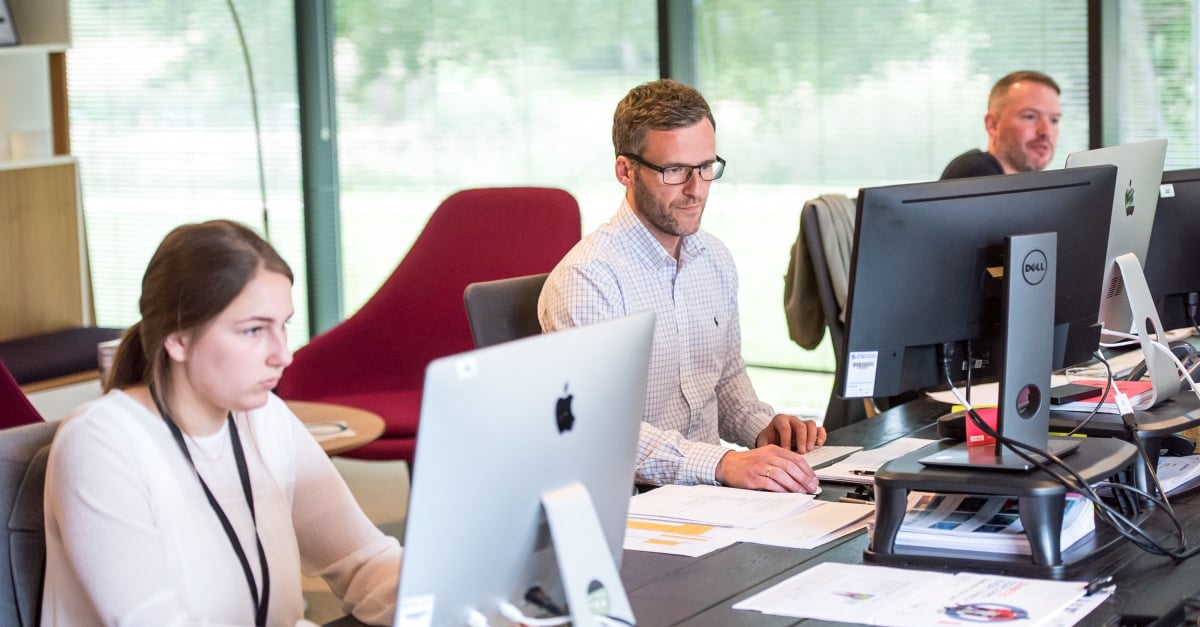Customer service matters! We all have brands or organisations that we love to keep returning to, and also those who after we receive poor customer service, vow will never see our business again!

So, what is Customer Service?
Customer service is the assistance and guidance a company or an organisation provides to people before, during and after they buy or use a product or service. There is a direct link between satisfied customers, brand loyalty and profitability. Service is the biggest driver of customer loyalty – more than pricing or even the product itself.
So how can you ensure you get it right for your customers? On our brilliant Customer Service Excellence course, we look at the Servqual RATER model which was developed in the mid-1980s but is still extremely relevant. RATER stands for Reliability, Assurance, Tangibles, Empathy and Responsiveness. Let’s look at the model and see how it can assist you provide excellent customer service…
Reliability of service
This is about having the ability to perform a service dependably and accurately, this means doing what you say you’re going to do, when you said you were going to do it. Customers want to be able to count on you and your team, so find out what your customers value. Organisations first and best efforts are better spent making their service reliable.
Reliability builds trust in the brand and is valued three times more than tangibles such as a shiny new website or smart uniforms.
Assurance
This is about the knowledge and courtesy of employees and their ability to convey trust, competence, and confidence. How can you provide more assurance? Know What You’re Doing! Also, by communicating your expertise/competencies – before people do the work, which will be seen by customers. e.g. display industry certifications on badges worn by employees, include certification logos on emails, letters, reports, posters, newsletters, feedback statistics and webpages.
Servqual research showed it’s important to communicate that expertise to customers. If you’re highly skilled, but customers don’t see that, their confidence in and their assessment of you will be lower.
Tangibles
Even though this is the least important dimension, appearance matters. Make sure your employee’s appearance, equipment, and anything else that’s visible to your customers, looks good. The danger is for organisations to make everything look sharp, and then fall short on Reliability or Responsiveness, so don’t sacrifice these two for the tangibles as first impressions really do count.
Empathy
This is about the provision of caring, individualised attention to the customer. Your service can be outstanding, but do your customers feel cared for? Would or will they recommend you? Think back to the best service you’ve had – What made it outstanding? Service can be performed completely to specifications, yet customers may not feel your employees care about them. This will affect their assessment of your service quality.
Responsiveness of service
This is the willingness to help customers and to provide a prompt service, no one likes being put on hold or pushed from one person to another, so how can you be more Responsive? By responding quickly, promptly, rapidly, immediately, instantly.
Service providers benefit by establishing internal SLAs for things like returning phone calls, emails and responding on-site, but establish them not just for emergencies, but for everyday responses too.
Summary
So, some ideas to help you provide excellent customer service – learn more with STL.



